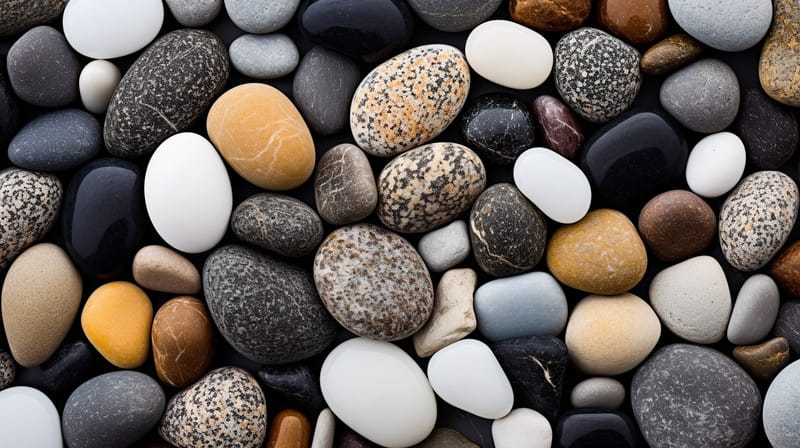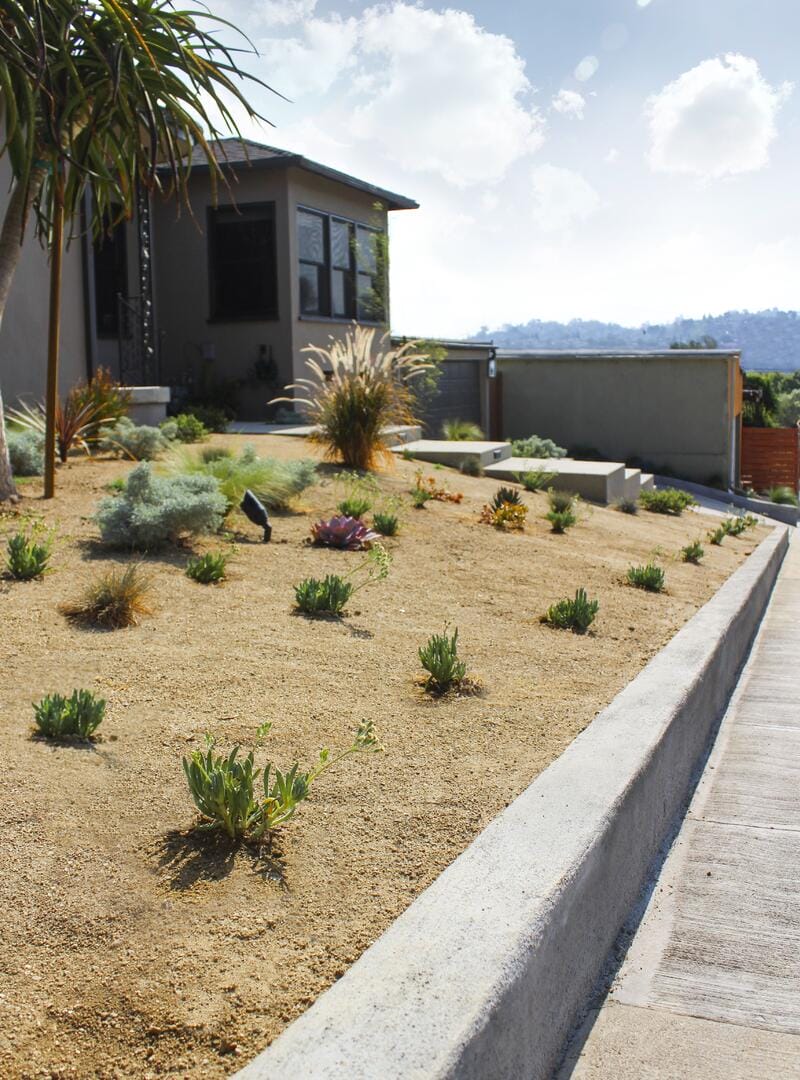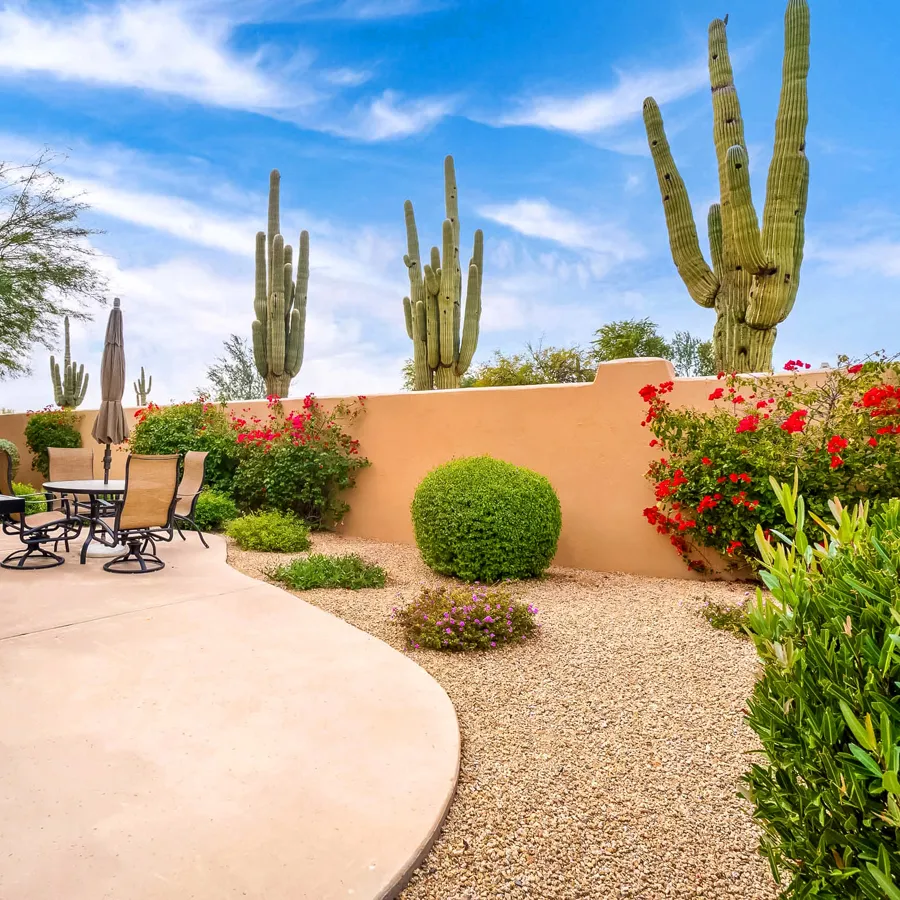How to Create a Drought-Resistant Landscape in Cedar Park
By Innovation Grounds
Creating a drought-resistant landscape in Cedar Park is not only an environmentally responsible choice but also a practical solution to the region’s periodic dry spells and water restrictions. With the right plants, irrigation techniques, and hardscaping elements, you can design a landscape that thrives even in times of drought. If you’re looking to reduce water consumption and enhance the beauty of your yard, here’s a guide on how to achieve a drought-resistant landscape in Cedar Park.
Understanding the Need for Drought-Resistant Landscaping in Cedar Park
Cedar Park, like many areas in Central Texas, experiences hot summers with long stretches of dry weather. These conditions can make maintaining a lush, green lawn challenging without constant watering. As a result, many homeowners are turning to drought-resistant landscaping to conserve water and create more sustainable outdoor spaces.
Drought-resistant landscaping not only reduces your water bill but also supports the local ecosystem by using native or adapted plants that require less care and are better suited for the climate. In this guide, we’ll explore the essential steps for creating a water-wise landscape in Cedar Park.

Step 1: Choose Drought-Tolerant Plants
The first step in creating a drought-resistant landscape in Cedar Park is selecting the right plants. Opt for native or drought-tolerant species that are naturally adapted to the local climate. These plants require less water, are more resistant to pests and diseases, and help conserve resources.
Some popular drought-tolerant plants for Cedar Park include:
- Blackfoot Daisy: A hardy, low-maintenance flowering plant that thrives in dry conditions.
- Texas Bluebonnet: The state flower of Texas, perfect for adding color and requiring minimal water.
- Salvia: A colorful, resilient plant that attracts pollinators and withstands dry periods.
- Lantana: A heat-tolerant, colorful shrub that can handle dry soil.
In addition to native plants, consider adding succulents like Agave or Cactus, which require minimal water once established.

Step 2: Implement Water-Efficient Irrigation Systems
While selecting drought-tolerant plants is key, proper irrigation also plays a critical role in creating a sustainable landscape. Traditional sprinkler systems can waste water, especially if they aren’t properly adjusted. Switching to a more efficient irrigation system can save water and help ensure your plants receive the right amount of moisture.
Consider these water-efficient options for your landscape:
- Drip Irrigation: This system delivers water directly to the roots of plants, minimizing evaporation and runoff. It’s ideal for flower beds, vegetable gardens, and shrubs.
- Smart Irrigation Controllers: These controllers adjust watering schedules based on weather patterns, soil moisture levels, and other environmental factors, ensuring that your garden isn’t overwatered.
- Rain Barrels: Collecting rainwater can be a great way to irrigate your plants naturally, reducing dependence on your local water supply.

Step 3: Use Mulch to Conserve Moisture
Mulching is an excellent strategy for retaining soil moisture and reducing the need for frequent watering. By covering the soil around your plants with a layer of organic mulch (such as shredded bark, wood chips, or compost), you help prevent evaporation, suppress weeds, and maintain an even soil temperature.
Mulch should be spread around the base of your plants, but make sure it doesn’t touch the stems or trunks to avoid rot. A 2-3 inch layer is usually sufficient to provide effective moisture retention.

Step 4: Incorporate Hardscaping Features
Hardscaping elements like patios, pathways, and decorative rocks can help reduce the amount of lawn area you need to maintain. Less grass means less water consumption, and the right hardscaping can create visual interest in your landscape without the need for excessive watering.
Some popular hardscaping ideas for a drought-resistant landscape in Cedar Park include:
- Gravel or Flagstone Pathways: These materials allow water to penetrate the soil and reduce surface runoff.
- Dry Creek Beds: Create a natural, water-conserving feature that mimics the flow of rainwater during storms.
- Patios and Decks: These can provide outdoor living space while minimizing the need for lawn care.

Step 5: Practice Smart Lawn Care
If you still wish to maintain a lawn in your landscape, consider choosing drought-tolerant grasses such as Buffalo Grass or Zoysia. These grasses are well-suited for hot, dry climates and require less water than traditional turf varieties.
Additionally, adjust your lawn care practices:
- Mow at a higher setting: Taller grass can help shade the soil and retain moisture.
- Water deeply and infrequently: This encourages deep root growth and reduces the risk of overwatering.

Final Thoughts on Drought-Resistant Landscaping in Cedar Park
By implementing these strategies, you can create a stunning, low-maintenance landscape that thrives in the hot, dry conditions of Cedar Park. Not only will you save water and reduce your environmental footprint, but you’ll also enjoy a beautiful, sustainable yard that requires less time and effort to maintain.
If you’re ready to transform your outdoor space with drought-resistant landscaping in Cedar Park, consider working with a professional landscape designer. They can help you select the right plants, install efficient irrigation systems, and design a landscape that’s both water-wise and aesthetically pleasing.



